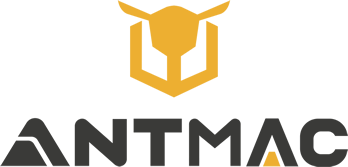Operating an Aerial Lift Safety: Mastering Manlift Training to Prevent Falls and Tip-overs
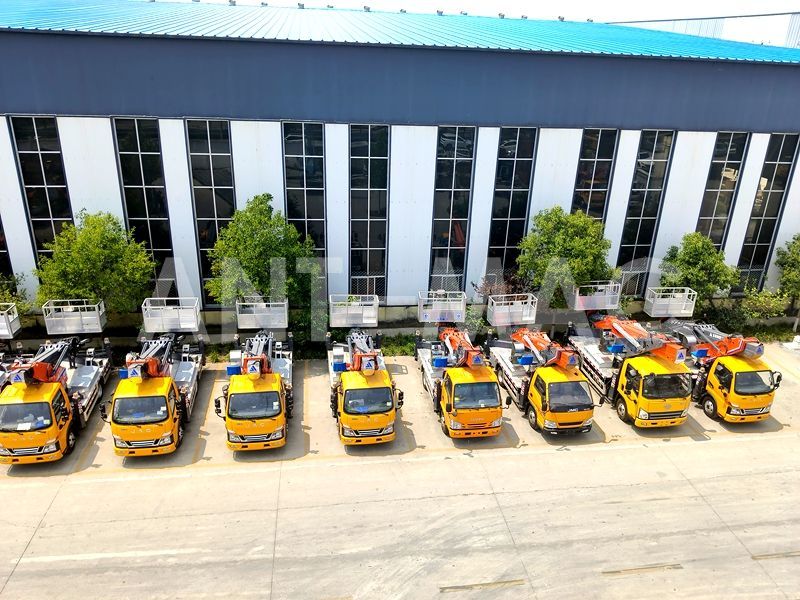
When your daily work involves handling equipment that lifts personnel high above the ground, safety isn’t just a goal—it’s a requirement. Incidents such as falls and tip-offs often happen when teams skip steps, operate in a hurry, or aren’t fully familiar with the machine’s functions. Whether it's a scissor lift platform, a vertical lift platform, or a vehicle mounted aerial work platform, the goal is clear: to ensure that everyone is as safe at the end of their shift as they were at the beginning
Genuine training isn’t about finishing paperwork. It’s what separates a near accident from a life-altering event. We don’t believe in using fear—instead, we provide operators, crew leaders, and safety managers with th
e practical skills and clear knowledge needed to handle these machines with confidence, day after day, with no compromise on safety.
Why Do Accidents Occur? It Usually Ties Back to a Handful of Issues
Getting to the bottom of why equipment occasionally fails is essential. Falls seldom happen without a reason. They usually result from a harness that wasn’t secured the right way, stretching out too far past the guardrails, or getting jolted by a sudden movement.
Tip-overs are even more startling. Imagine yourself working in an aerial work platformswhen the ground below gives way, or the machine leans hazardously because stabilizers were placed incorrectly. What often results is a blend of unsteady ground, human error, or simply disregarding the equipment’s operating limits.
The common factor in nearly every accident? Something in the safety protocol was overlooked, ignored, or not understood.
Real Training Goes Beyond a Screen—It’s Hands-On
Let’s be direct: clicking through an online safety tutorial isn’t sufficient. Truly effective manlift training should cover three critical parts:
First, there’s the classroom session. This is where everyone learns the regulations, load limits, and why that brief inspection checklist is so important before turning the key.
Then comes the best part: practical experience. This is where a seasoned trainer observes each operator practicing driving, lifting, and setting up an aerial platform in a controlled setting. They’ll try out a slight incline to sense how the machine reacts. They’ll learn to check the brakes and outriggers carefully, not hastily.
Finally, there’s the assessment. Can the operator truly use the aerial work platformssafely without the trainer present? This phase is where certification is earned—along with the confidence to work independently.
Prevent Falls Before They Occur: It Hinges on the Harness
This may sound obvious, but it remains the most frequent error: not wearing the harness the right way. Just putting it on isn’t adequate. It must be connected to the correct anchor point within the platform. Not to a nearby structure, not to another part of the equipment—only to the anchor point intended for that specific aerial work platform.
Other straightforward but vital habits:
Keep the platform floor clean and organized. A tripping hazard dozens of feet in the air becomes a serious risk.
Never use boards, ladders, or other objects to gain extra height.
Always enter and exit the equipment at ground level—never while it’s raised.
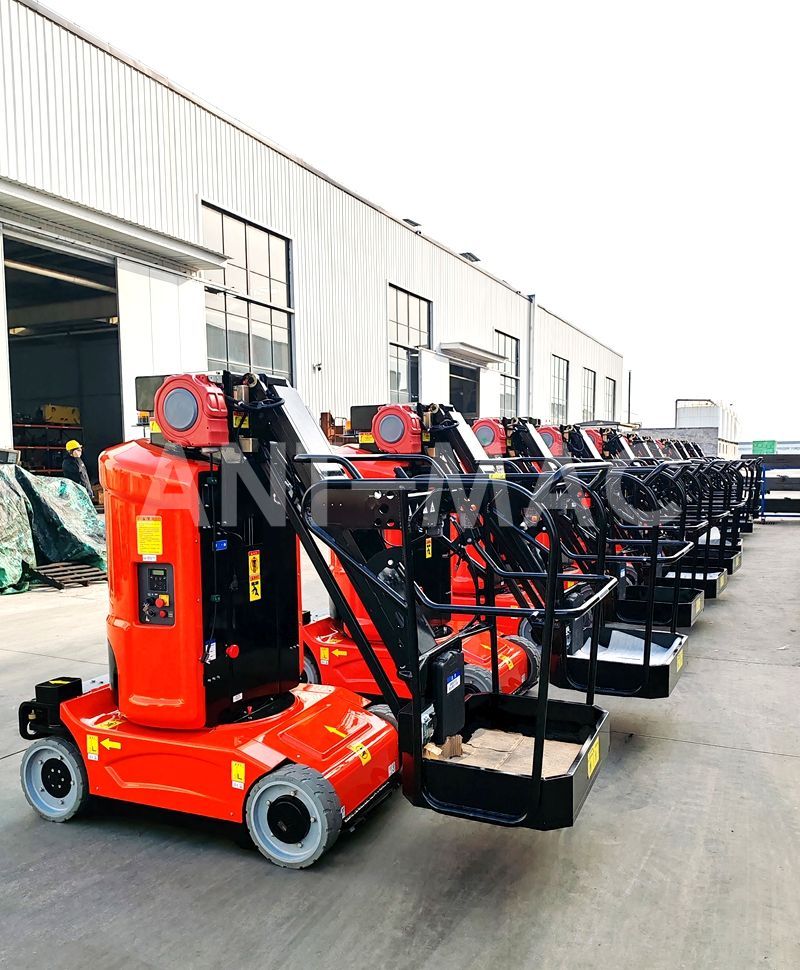
How to Keep the Machine Stable: Avoiding Tip-Overs
A tip-over is every operator’s worst fear. The encouraging news? They are nearly always avoidable.
It begins with a 60-second site assessment. Is the ground stable? Are there holes, slopes, or scattered debris? If it’s not safe, don’t take the chance. Use outriggers and stabilizers every time—even on what looks like perfectly level ground. They’re there for a reason.
Also, treat the load capacity chart as a rule, not a suggestion. Overloading a platform lift elevator with too many people, tools, or materials shifts its balance and is an instant path to danger. Always respect the limits.
Making Safety Last: It’s More Than a One-Time Session
You can’t train someone once and consider it done. Safety is a habit, and habits need reinforcement. The best companies foster an environment where:
Operators feel empowered to halt a job if something seems unsafe.
Supervisors hold daily five-minute safety talks focused on that day’s specific activities.
Near-misses are reported and openly discussed as learning opportunities—without penalty.
When everyone looks out for one another and feels confident in their aerial work platformstraining, that’s when you’ll see accidents decline and productivity soar.
Ready to Make Safety Your Standard?
Don’t wait for an incident to occur. Invest in practical, hands-on manlift training that your team will remember. Contact us today to learn how our safety programs can help you build a culture of confidence and caution on your worksite.
 In-depth Analysis of Return on
In-depth Analysis of Return on
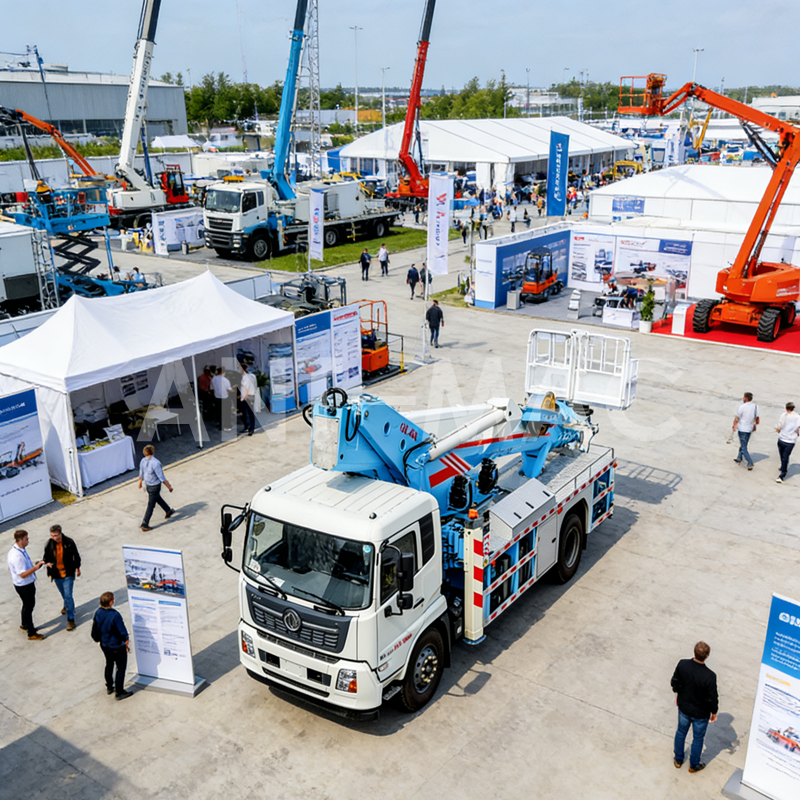 A Cost-Effectiveness Revolutio
A Cost-Effectiveness Revolutio
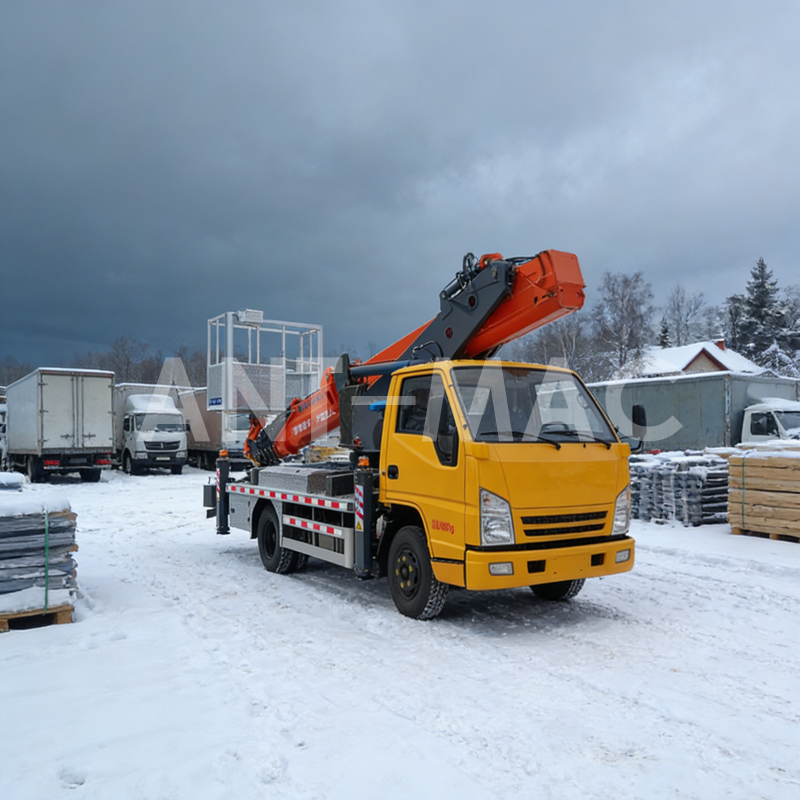 2026 Trend Insights: Four Core
2026 Trend Insights: Four Core
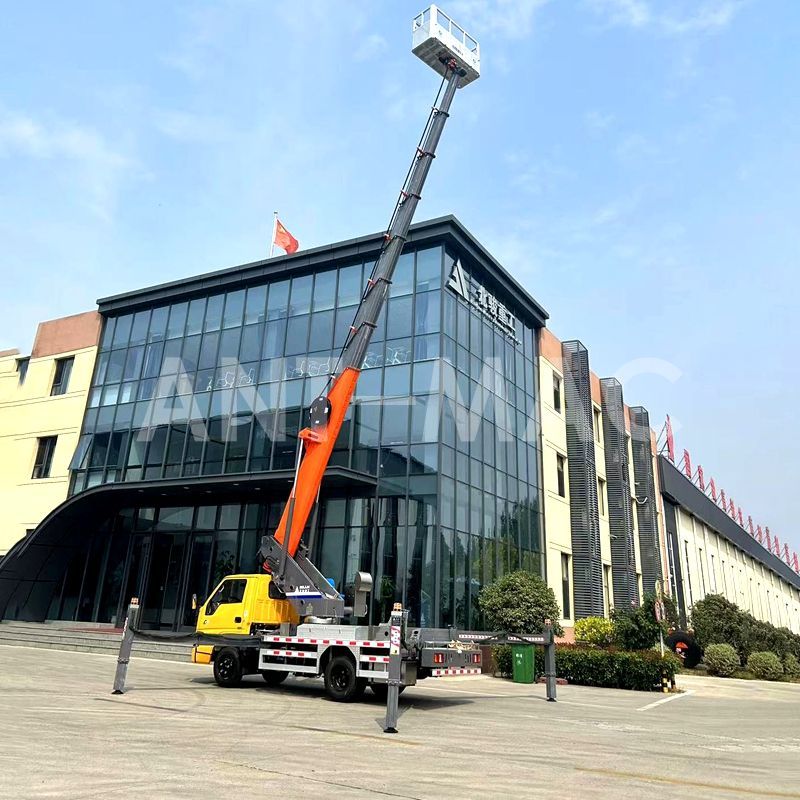 Five Criteria for Selecting Re
Five Criteria for Selecting Re
 Russian
Russian